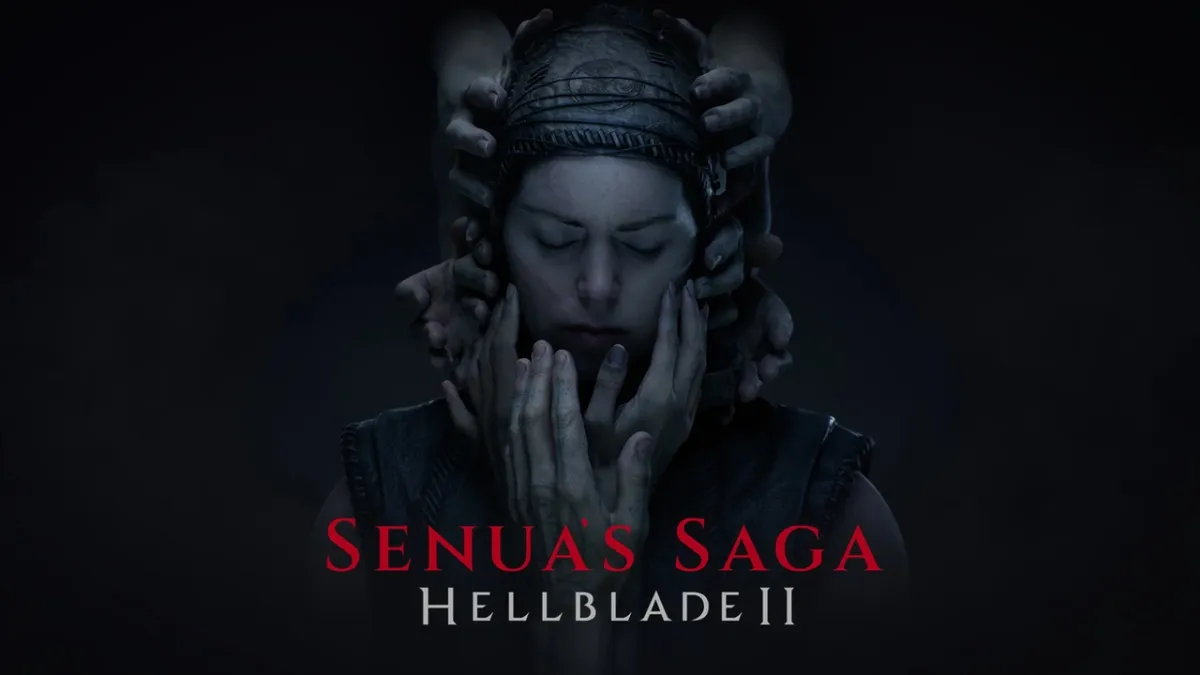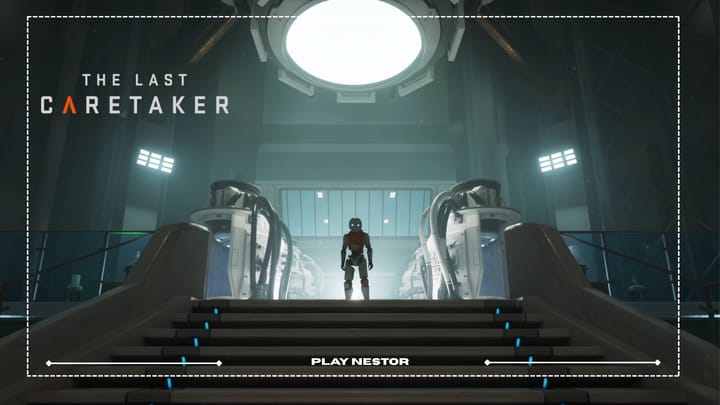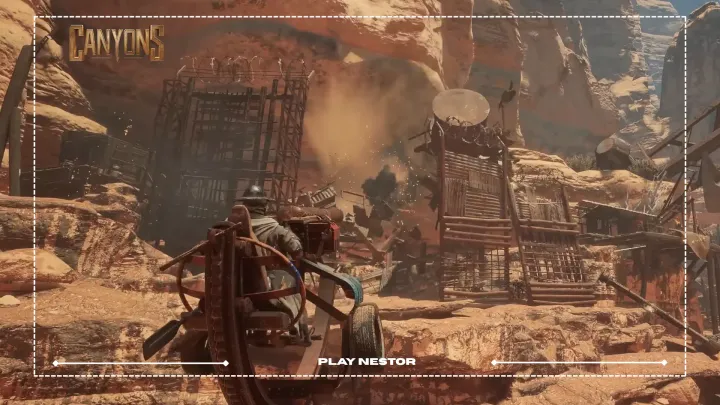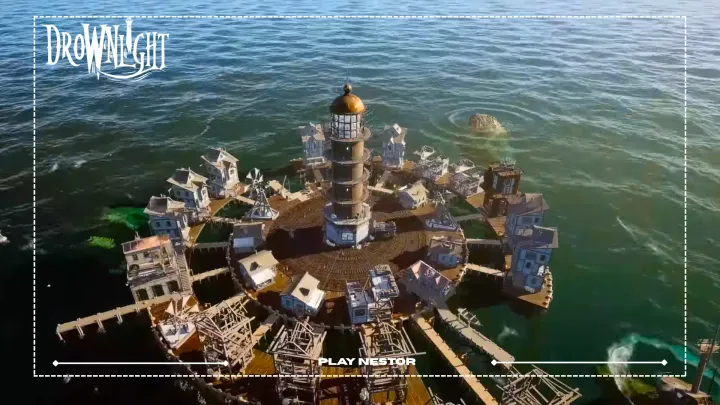Senua’s Saga: Hellblade II — A Haunting Journey into Darkness

Senua’s Saga: Hellblade II is one of the few games that manages to provide the players with raw emotion, psychological depth, and cinematic beauty. Developed by Ninja Theory, this sequel moves the narrative of Senua’s story forward. The story unfolds in a realm where Norse mythology, human suffering, and inner turmoil collide in a frightening environment of fear and resilience.
A World That Breathes Unease
The game starts in the setting of a barren coastline, which shows signs of destruction due to the wind. Heavy waves crash against spiked rocks, the sky looking like a swirling mess of grey and darkness. The air is thick and inflicts a chilling feeling that something bad is about to happen. Suddenly, the players are swept into the chaos of a storm that mirrors Senua’s inner struggles. Even from the start, Hellblade II requires full attention of the players, not just with its visuals, but with the way it makes them feel every step, every breath, every heartbeat.
The environmental detail is insane. The visuals are so realistic that the game even shows sand and seawater clinging to skin and clothes, flickering of torchlight in the distance just as in real life, and shadows seem almost alive. The game’s audio design — complete with haunting whispers and deep, guttural chants — breathes a sense of life into the environment.
Senua’s Inner Battle
Just like in the first Hellblade, Senua’s struggle with psychosis – a condition depicted with both sensitivity and stark realism – is continued with even more complex mental health and journey in Hellblade II. Voices inside her mind shift between friends and foes, urging her forward or pulling her into doubt. These voices question her decisions, taunt her fears, and sometimes, in moments of desperation, offer comfort.
The gameplay is seamless and is based on this internal conflict. The players not only guide Senua through physical challenges, but they also navigate the maze of her thoughts and perceptions. Hellblade II is an intimate, unsettling experience that blurs the line between reality and delusion.
Encounters with Giants
Senua has to fight huge, monstrous giants that haunt the coastal lands on certain occasions at the start of the game. These are not just some ordinary fantasy enemy bosses; these giants are terrifying, and the detailed graphics of the game inflict a new level of hostility in them. Every battle feels thrilling, not because of endless combat mechanics, but because of the intense drama of the events. The camera work, animation, and sound design combine to make you feel small, vulnerable, and painfully human.
Rather than relying on constant battles, Hellblade II focuses on tension, atmosphere, and deliberate pacing. When combat does erupt, it’s instinctive and intimate — each strike carrying real drama, each block a desperate act of survival.
A Cinematic Journey
What truly sets Hellblade II apart is its commitment to cinematic storytelling. It feels like playing through a carefully directed film, with every shot, camera movement, and sound cue designed to indulge the players deeper into the narrative. The performances, especially Melina Juergens’ portrayal of Senua, are extraordinary — subtle facial expressions and raw vocal delivery bring her pain, determination, and fragility to life.
There’s minimal HUD clutter, no intrusive quest markers, and no endless tutorials. The players are meant to experience the world, not simply complete it.
Final Thoughts
Senua’s Saga: Hellblade II is not a game for everyone, and that’s its greatest strength. It’s uncompromising, intense, and deeply personal. For those willing to immerse themselves, it offers one of the most emotionally powerful journeys in modern gaming. It’s a testament to what happens when developers push storytelling, visual fidelity, and sound design to their limits.
This isn’t just a game you play. It’s a journey you survive.





Comments ()